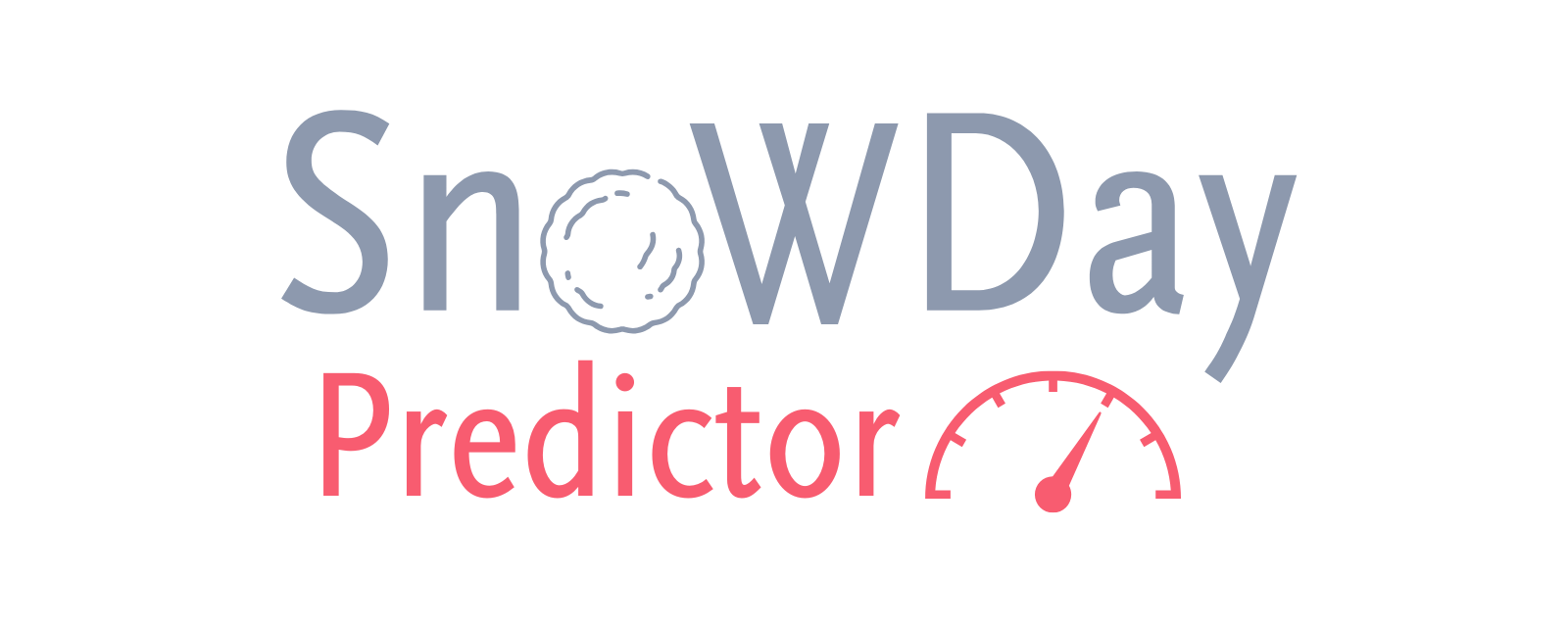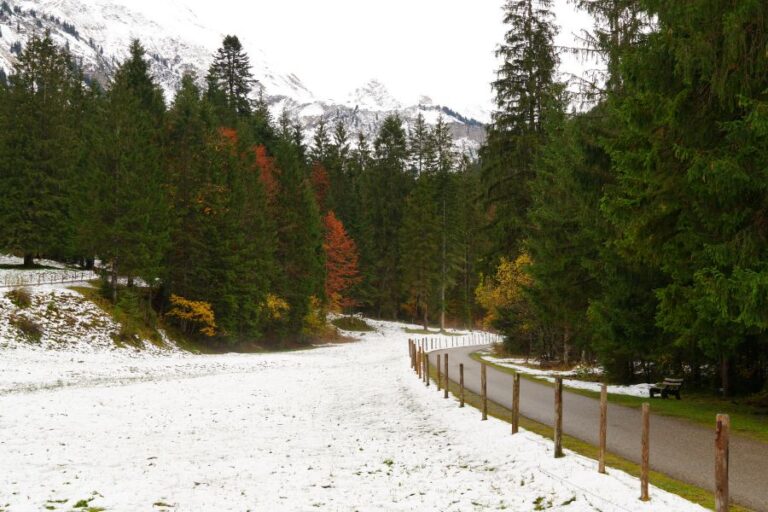Beginner’s Guide to Understanding Snow Day Forecast Models

For many Canadian families, a snow day means a sudden shift in routine. But how do forecasters predict the probability of school closures? Behind every snow day forecast lies a network of weather models — complex computer simulations that process massive amounts of atmospheric data.
If you’re new to forecasting, this guide will walk you through the basics of snow day models, why they matter, and how they shape the predictions you see online or from meteorologists.
My Experience With Snow Day Models
As a Certified Weather Forecaster with over eight years of experience, I’ve relied on forecast models daily to assess winter storms. In Toronto, February 2025, I used the HRDPS model (a high-resolution Canadian model) to predict heavy morning snowfall. That forecast aligned with Environment Canada’s blizzard warning and contributed to a 90% snow day probability — schools did close.
But not all forecasts are perfect. In Winnipeg, January 2024, the GFS model predicted 20 cm of snow, while the ECMWF model only suggested 10 cm. Actual totals ended closer to ECMWF’s estimate, showing how model differences impact forecast accuracy.
What Are Forecast Models?
Forecast models are computer programs that use equations to simulate the atmosphere. They process data like:
- Temperature
- Wind speed and direction
- Humidity
- Pressure
- Precipitation
By running these variables through physics-based equations, models predict how weather systems will evolve over hours or days.
The Main Models Used in Canada
1. ECMWF (European Centre for Medium-Range Weather Forecasts)
- Strengths: Excellent accuracy, strong long-range performance.
- Weaknesses: Less detailed for very localized Canadian events.
2. GFS (Global Forecast System, U.S.)
- Strengths: Widely available, updated frequently.
- Weaknesses: Sometimes less accurate in Canadian winters compared to ECMWF.
3. HRDPS (High-Resolution Deterministic Prediction System, Canada)
- Strengths: Captures fine-scale events like lake-effect snow in Ontario.
- Weaknesses: Shorter range (typically up to 48 hours).
4. GDPS (Global Deterministic Prediction System, Canada)
- Strengths: Provides global context from a Canadian perspective.
- Weaknesses: Coarser resolution than HRDPS.
How Models Shape Snow Day Forecasts
Models provide the raw data, but interpreting them for school closures requires expertise. For example:
- Heavy Snowfall (15–25 cm): High closure probability in Ontario or Atlantic Canada.
- Extreme Cold (–40°C wind chills): Higher closure probability in the Prairies, though schools sometimes stay open.
- Timing of Storms: A storm peaking during the morning commute may trigger closures even with lower snow totals.
This is why meteorologists like me analyze multiple models together rather than relying on just one.
Common Beginner Mistakes When Reading Models
- Taking Snow Totals Literally – Models may differ by 5–10 cm, which can be the deciding factor for closures.
- Ignoring Timing – A midnight storm vs. a 6 AM storm can mean different outcomes.
- Not Considering Local Policies – A storm that shuts down schools in Halifax may not cause closures in Winnipeg.
Tools That Make Models Easier to Use
For parents and students, forecast models can look intimidating. That’s why tools like Snow Day Calculator simplify the data by blending model output with historical closure patterns. Instead of raw charts, you get a probability score (e.g., 70% chance of closure).
By combining model accuracy with community-tested results, these tools make forecasts accessible without requiring meteorological training.
Conclusion
Understanding snow day forecast models doesn’t require a meteorology degree. By learning the basics of ECMWF, GFS, HRDPS, and GDPS, families can better interpret forecasts and plan for winter disruptions. While no model is perfect, combining them with official alerts and tools ensures more reliable snow day predictions.






